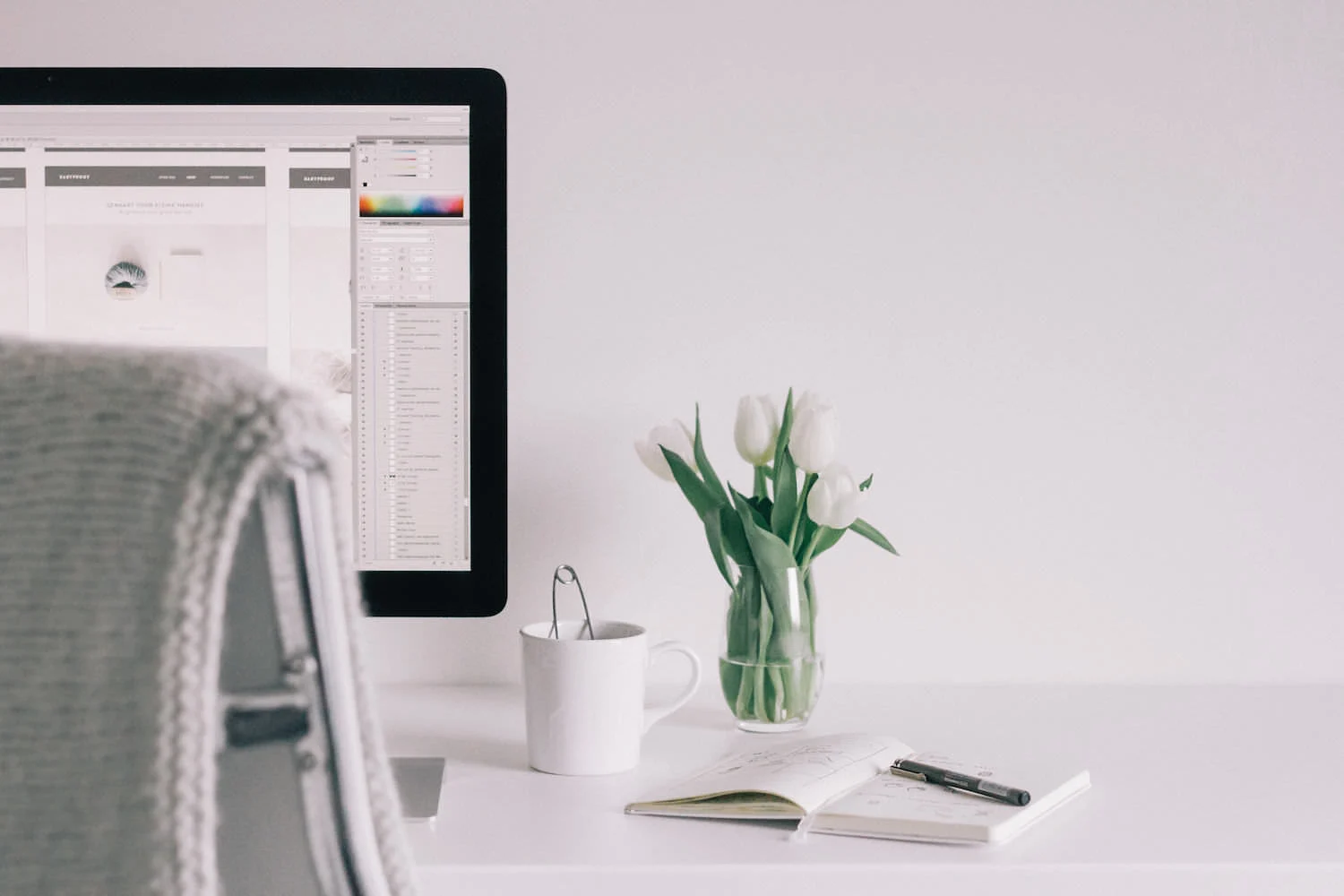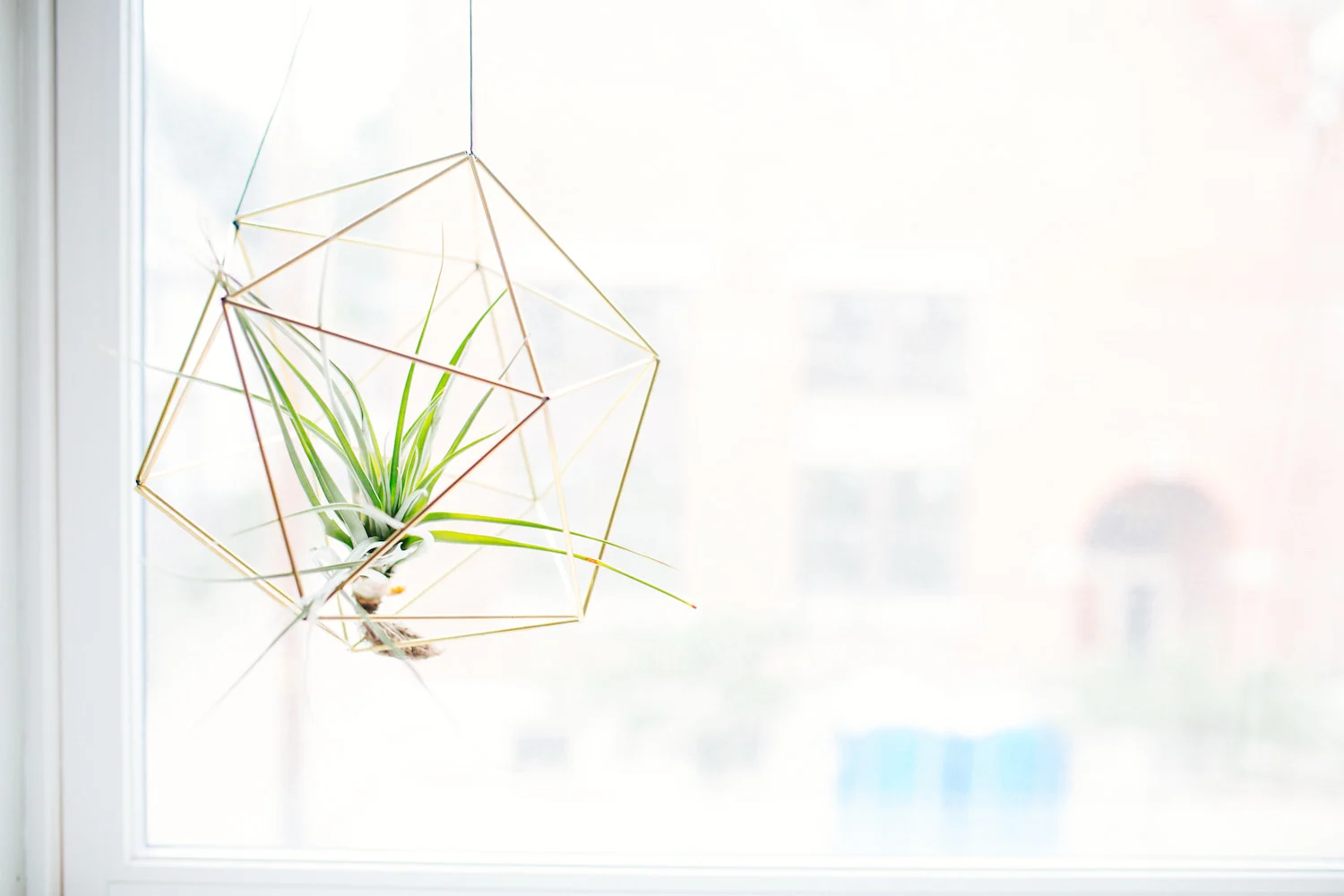Eco-friendly Practices for a Greener Business
- 9 May 2017
- ByLauren Pezzullo
- 6 min read

A lot of times, business owners hear the word “green,” and what springs to mind is their company’s literal green: all the dollars they’ll have to spend on eco-friendly materials and products. But improving your operation’s environmental impact doesn’t have to be a financial drain.
Waste reduction and energy-efficiency efforts can often save businesses money, especially when you account for the long term. Here’s a sampling of some simple (and affordable!) ways your growing business can shrink your eco footprint.
Greener Shipping Supplies
Businesses that ship and receive goods see a fair amount of packaging materials tossed out in the process. While that fact might seem like a no brainer, consider this: About 30 percent of municipal solid waste in the United States in 2012 was made up of containers and packaging materials.
Now it might be easier to see how a few small changes can add up to make a big difference. Smart packaging can benefit your business in more ways than one.
Reusing corrugated boxes and other materials offers a great opportunity to go green and save on your expenses. Many packing materials are so lightly used that they can easily be turned around for outgoing shipments. And instead of using non-biodegradable packing peanuts or plastics, try some packing materials made from recycled plastics like Void Fill bags or Green Wrap Ready Roll. With some savvy labeling, no one will be any wiser. You can even turn your efforts into a marketing opportunity and include info with packages or on your website that details your company’s green mission.

Look Into Green Web Hosting
It’s no secret that data centers and web servers eat up a lot of energy. Cooling and powering server racks required about 70 billion kilowatt hours of energy in 2014 - to put it in perspective, that’s enough electricity for roughly 600,000 homes.
The good news is that web hosting services have made huge strides to green up their day-to-day operations. Amazon Web Services has committed to eventually powering their servers with 100 percent renewable energy, with a goal of reaching 50 percent renewable energy by the end of 2017. AISO is already 100% renewable - they generate their own power from on-site solar for a completely green process. Hosting your company’s domain and assets on a greener web server could have far-reaching consequences for your business, and many of these services are comparable with any other provider in terms of price.
For smaller steps, you can optimize your site so it loads more quickly and reduces energy for server requests and visitors to your page. Post fewer images, use a lower resolution on the ones you do share, cut back on widgets and Flash or auto-playing video, and look into compressing and caching various assets that need to load each time someone visits your site. You’ll decrease load time and make your site design less energy dependent - and more modern looking, too.

Outfit in Green
No matter what kind of space you’re occupying - whether it’s a brand-new floor in an office building or the kitchen table in your one-bedroom apartment, there are plenty of ways to be an eco crusader right in your own workspace. If your budget allows, spring for eco-friendly flooring materials like cork or bamboo, which don’t rely on unsustainably forested products, or even concrete for an on-trend industrial look that’s eco friendly to boot.
Before you hit the lightswitch, throw open the curtains and soak up the daylight instead - it’s been proven to improve productivity and concentration - or upgrade your lighting to CFLs or LEDs, which will last 5-10 times longer than your old incandescent bulbs.
If you’re giving your walls a color makeover, choose no-VOC paints - these don’t emit toxic chemicals that leech into the air like traditional paints. When it comes to furnishing your workspace, skip the chain stores and hit the secondhand shops, or get creative and repurpose items you already own. The manufacturing process that supports big box stories is incredibly irresponsible - from the depletion of natural resources to the energy used in shipment. Recycling and upcycling helps cut down on that unnecessary waste, and you can support indie shops and makers in the process. Win-win!

Keep Your Employees Happy - And Your HVAC Units Healthy
You might not always think about your HVAC unit when you think about greening your workspace, but the truth is, heating and air conditioning sucks down a lot of energy - especially in commercial buildings, where temperatures tend to run to extremes. The simple act of lowering or raising building temperatures by a few degrees is a great way to save energy, but a smart thermostat like Nest, will memorize the times and temperatures you set throughout the day, intuitively changing according to your patterns and comfort - this gives you precise control and eliminates wasted energy.
And something relatively simple like changing filters regularly and sealing any drafts with caulk or weatherstripping will improve energy performance and increase office air quality.
If you don’t have the funds or authority to make these kinds of changes, don’t worry - you can still be eco-friendly with your personalized climate control. Thermal curtains or window film will only set you back a few bucks, and they’ll keep your workspace warmer in the winter and cooler in the summer. You can also ditch the AC in favor of the windows when it gets stuffy, or bundle up in your comfiest fleece robe when you’re cold. Slashing your carbon footprint and working in your pajamas? Going green has never been more enticing!
9 May 2017
Words by:Lauren Pezzullo
- Share